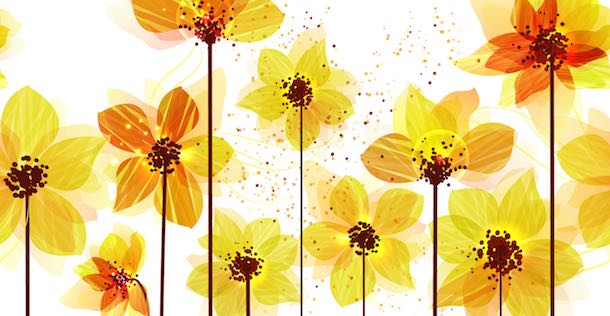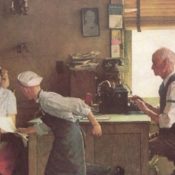 Originally published on July 7, 1945
Originally published on July 7, 1945
Money in your own back yard is the stuff dreams are made of, but George A. Campbell proved to his neighbors of Bigtimber, Montana, that such dreams can come true with a gratifying bang. For years, a small plant with tiny yellow flowers had been springing up in abundant patches in their gardens, fields, sheep corrals, and over the mountainsides. It came to be known as “that cussed poisonous weed,” for it was so fatal to chickens and turkeys that ranchers had to destroy every trace of it that appeared near their poultry houses.
Then George Campbell began to wonder if there mightn’t be some use for this weed. The ranchers pooh-poohed the idea; nevertheless, he took a bouquet of the dirty yellow flowers to a chemist.
“That’s henbane,” the chemist told him. “Find much of it? It’s worth a pretty penny on the market — a dollar and a quarter a pound, dried.”
Henbane, it turned out, is much in demand today for medicinal purposes. More properly called Hyoscyamus niger, it is the source of several poisonous drugs, including tincture of hyoscyamus and hyoscine, that are useful in the treatment of a number of ills.
Campbell hurried home and worked day and night in the henbane patch on the mountainside. The ranchers thought he was crazy, especially when he hired every available man, woman, and child in the community to pick henbane for him at eight cents a pound. On top of this, he hired another man during the season — June, July, and August — to help put up drying racks, and he gave 320 days’ work to women who averaged from three to seven dollars a day stripping leaves and flowers for drying. In all, he spent a pretty penny himself — something between $4000 and $5000 for labor, lumber, and transportation. But he sold 43,000 pounds of henbane at $1.25 a pound. So the profit was pretty too.
That was in 1943, and since then Bigtimber has enjoyed a new prosperity. School kids make enough in one season to send themselves through college or help stock a ranch. Enough henbane has gone to seed each year so that, thus far, the supply has been good. Apparently the plant does not lend itself to cultivation, but grows profusely in old sheep corrals, waste grounds, cemeteries, and in the mountains. No two reference books agree about the states where it may be found; evidently the full extent of its growth has not yet been determined. You may even have a few thousand dollars’ worth of it spreading itself around your own neighborhood.
Become a Saturday Evening Post member and enjoy unlimited access. Subscribe now



